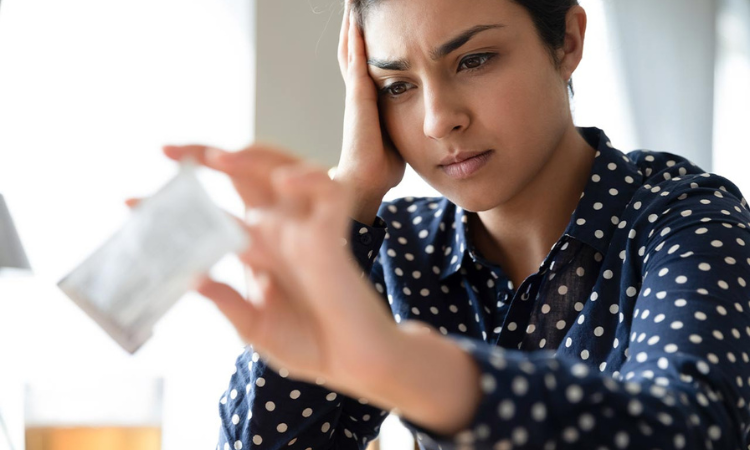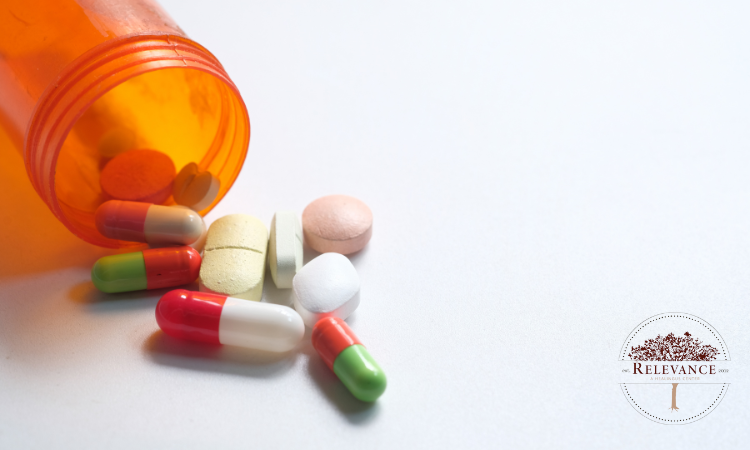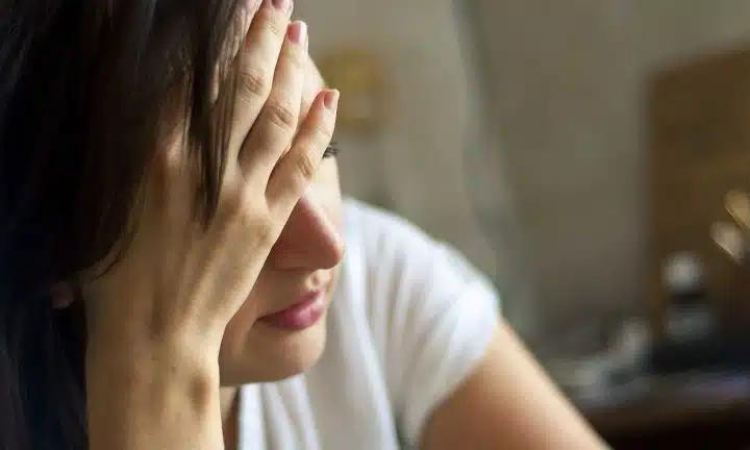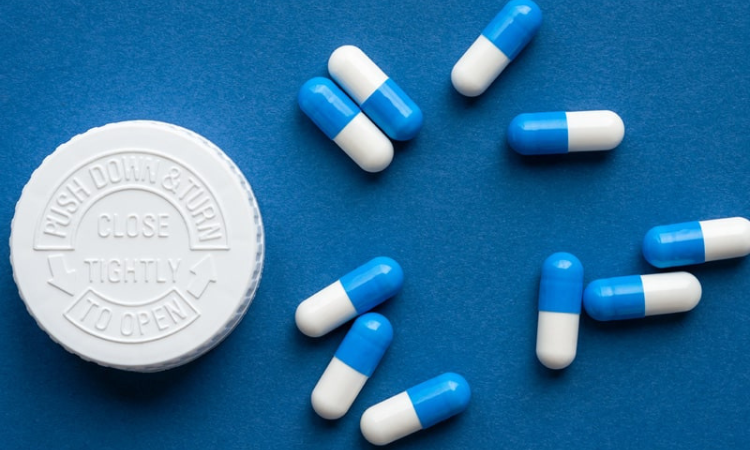Is there something like self-harm addiction? Questions like this show how people may find self-harm hard to understand. The concept of someone becoming addicted to harming themselves might be even more confusing and unsettling.
A 2022 meta-analysis study of around 64,000 teenagers found that about 22% had self-harmed at some point in their life. If you want to understand self-harm, self-harm addiction, strategies to heal, and the best treatments for recovery, continue reading this blog.
What is Self-Harm Addiction?
Many people find that self-harm or self-injury gives them a sense of pleasure or helps them release stress and other emotions. When they’re overwhelmed with feelings or situations and they don’t know how to handle them, they might look to self-harm as a way to cope.
Many capture the self-harm addiction because it provides a sense of relief. For example, if someone has a tough day at work and feels pressured by their boss, they might feel the need to release that stress through self-harm.
Is Self-Harm an addiction?
When we ask whether self-harm can be an addiction, the answer is yes for some people. Those who self-injure often struggle to control their emotions. When they cut, burn, or hurt themselves in other ways, it triggers a response in their brain similar to the effects of drugs or alcohol.
This relief can lead many teenagers to rely on self-harm as a way to cope with their problems, even though it’s not a healthy solution. They might become addicted to hurting themselves and use it as a dysfunctional coping mechanism to feel better.
Why is Self-Harming addictive?
One reason young people may get addicted to self-harm is because they struggle with controlling their emotions. Study shows that the brain is still developing until around age 25, making it challenging for teens and young adults to manage their feelings, especially if they’ve experienced trauma.
Other reasons could be
- Gaining control over overwhelming stress
- Easing emotional pain
- Distracting from negative feelings like shame or guilt
- Self-punishment
Why is cutting so addictive for teens?
Many young people who self-harm often become addicted to cutting. In a study published in the Journal of the American Academy of Child and Adolescent Psychiatry, it was found that cutting is the most common form of self-injury among teenagers aged 12-18, with 45% reporting using this method.
It’s believed to stimulate dopamine production in the brain, and the feelings of relief this hormone helps produce can lead young people to become addicted to cutting.
Causes for Self-Harm Addiction
An individual may develop a self-harm addiction due to various reasons, but the most common factors include:
Weak Coping Abilities
Non-suicidal self-harm often arises from the inability to manage psychological pain in healthy ways.
Emotional Management Challenges
Some individuals struggle to regulate, express, and understand their emotions, which can lead to self-injury. This emotional complexity may include feelings of worthlessness.
What Are the Signs of a Self-Harm Addiction?
Signs of Self-harm addiction are subjective and vary from person to person. A few signs of self-harm addiction could be:
Covering Up
Teens may wear long-sleeved shirts and pants even in hot weather to hide scars and injuries from self-harm.
Sudden Mood Changes
If a teen goes from upset to feeling much better after being alone in their room or bathroom, they might be using self-harm to cope with pain.
Physical Signs
Burns, scratches, bruises, cuts, or broken bones could indicate self-harm addiction, though they may also result from abuse or accidents.
Feelings of Worthlessness
Teens struggling with self-harm addiction might feel worthless or helpless. Creating a safe, non-judgmental space for them to share their feelings is essential.
Excusing Injuries
Teens might explain self-inflicted injuries as accidents to conceal their self-harm addiction.
Withdrawal
Pulling away from friends, family, and social activities could be a sign of self-harm addiction or depression, both of which require attention and support.
Research also indicates that NSSI typically begins between the ages of 12 and 14, and it’s prevalent among young people with eating disorders and borderline personality disorder.
Can Teens Suffer a Self-Harm Addiction Withdrawal?
Teenagers or young adults who try to quit self-injuring may experience withdrawal symptoms from self-harm addiction, which can lead to relapse.
How To Help Stop a Self-Harm Addiction
Treating emotional self-harm depends on the underlying causes. Not everyone who self-harms has a mental health disorder, but they may find psychotherapy helpful. The International Society for the Study of Self-Injury highlights several effective treatments for NSSI, including:
- Dialectical behavior therapy (DBT)
- Emotion regulation group therapy (ERGT)
- Treatment for self-injurious behaviors (T-SIB)
Recovering from Self-Harm Addiction
Recovering from self-harm addiction is challenging but possible. Here are some strategies to try when things feel overwhelming:
- Journaling
- Talking with a loved one
- Engaging in art
- Deep breathing exercises
- Meditation
- Exercising
- Spending time in nature
- Bonding with a pet
- Trying mind-body practices like tai chi
- Reading
Remember, you don’t have to face negative thoughts or urges to self-harm alone. Always be around the people you love, or consult your healthcare provider.
FAQs: Self Harm Addiction
1. How can I stop harming myself?
To stop harming yourself, seek help from someone you trust. Talk about your feelings and find healthier ways to cope with emotions. Consider seeing a therapist for support and guidance.
2. What are the signs of a self-harm addiction?
Getting hurt often. Using a lot of bandages. Hiding cuts. Feeling upset a lot. Strong urge to cut even when calm are some signs of self-harm addiction.
3. Can teens suffer from self-harm addiction withdrawal?
Yes, teens can indeed undergo withdrawal symptoms when attempting to halt self-harming behaviors. These symptoms may manifest as anxiety, irritability, restlessness, and intense urges to engage in self-harm.
4. How do we help stop someone’s self-harm addiction?
To stop someone from self-harm addiction, be kind and supportive. Encourage them to see a therapist. Listen without judging. Make them feel safe around you.
5. Can self-harm kill you?
Yes, self-harm can be dangerous and even life-threatening. Deep cuts, infections, and other injuries can lead to serious health problems or even death. It’s important to seek help and support to stop self-harming and stay safe.
Conclusion
When someone self-harms, they’re intentionally causing injury, but it’s not about wanting to end their life. Instead, it often indicates they’re experiencing extreme psychological distress.
Self-harm doesn’t necessarily mean you have a mental health disorder, but you might find psychotherapy helpful.
Therapy approaches can assist in reshaping your thoughts and behaviors, even if you’re struggling with self-harm addiction. Do not let negative thoughts take a toll on you; consult your healthcare provider in such cases.









